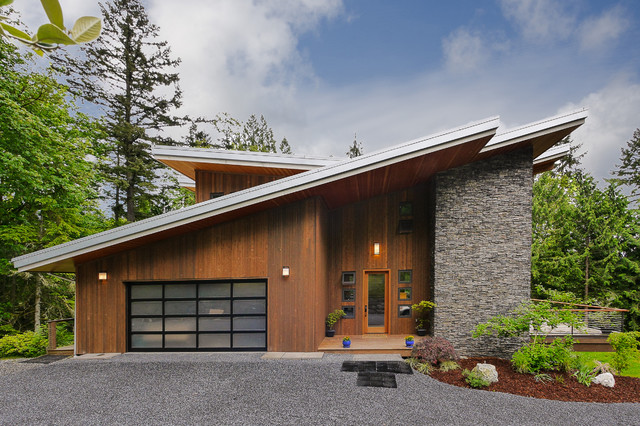
When it comes to roofing, sloped roofs are a popular choice for many homeowners due to their aesthetic appeal and durability. However, working on a sloped roof can be challenging, especially for those who are not familiar with the unique requirements of this type of roofing. In this article, we will provide you with valuable tips and tricks to help you master the art of sloped roofing and ensure that your home is well-protected.
Understanding Sloped Roofing
Benefits of Sloped Roofing
- Enhanced aesthetics: Sloped roofs offer a timeless and classic look that can enhance the curb appeal of your home.
- Improved drainage: The slope of the roof allows for efficient drainage of rainwater and debris, reducing the risk of leaks and water damage.
- Increased attic space: Sloped roofs create more usable attic space, which can be utilized for storage or living areas.
- Longevity: Sloped roofs are known for their durability and can withstand harsh weather conditions better than flat roofs.
Types of Sloped Roofing Materials
- Asphalt shingles: Affordable and easy to install, asphalt shingles are a popular choice for sloped roofs.
- Metal roofing: Durable and energy-efficient, metal roofing is a versatile option for sloped roofs.
- Wood shakes: Known for their natural beauty, wood shakes can add warmth and character to a sloped roof.
- Clay or concrete tiles: These materials offer a high-end look and excellent durability for sloped roofs.
Essential Tips for Sloped Roof Maintenance
Regular Inspections
- Inspect your roof at least twice a year to check for any signs of damage or wear.
- Look for missing or damaged shingles, sagging areas, and signs of water leaks.
- Trim overhanging branches to prevent damage to your roof and gutters.
Cleaning and Debris Removal
- Remove debris such as leaves, branches, and moss from your roof to prevent water pooling and rot.
- Clean your gutters regularly to ensure proper drainage and prevent water damage to your roof and home.
- Avoid walking on your roof to prevent damage to the shingles and underlying structure.
DIY Tips for Sloped Roof Repairs
Fixing Minor Leaks
- Locate the source of the leak by inspecting your attic for water stains or dampness.
- Replace damaged shingles or tiles and seal any gaps or cracks with roofing cement.
- Consider using a roof patch kit for quick and easy repairs of small leaks.
Replacing Damaged Shingles
- Carefully remove the damaged shingle by lifting the edges and prying out the nails.
- Slide a new shingle into place and secure it with roofing nails or adhesive.
- Ensure that the new shingle is properly aligned and overlapping the adjacent shingles for a watertight seal.
Hiring Professional Help
When to Call a Roofer
- If you are unsure about the extent of the damage to your roof or how to properly repair it.
- For major repairs or roof replacement projects that require specialized tools and expertise.
- If you are not comfortable working at heights or on a sloped surface.
Choosing the Right Roofer
- Research and compare multiple roofing companies before making a decision.
- Check for licenses, insurance, and references to ensure the credibility and reliability of the roofer.
- Get written estimates and contracts detailing the scope of work, materials, and costs involved.
Conclusion
Mastering the art of sloped roofing may seem daunting at first, but with the right knowledge and tools, you can effectively maintain and repair your sloped roof to ensure its longevity and performance. By following the tips and tricks outlined in this article, you can confidently care for your sloped roof and protect your home from the elements.